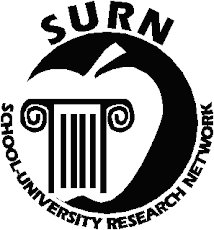On Twitter the other day a teacher was asking for ideas for what students could do after they finished their standardized test. I sent back a few idea such as create a topic in review using Glogster, update powerpoints with better images or looks or perhaps a complete redo such as prezi, artwork, or writing and illustrating a children’s book. Those books could be read to younger students. All these activities are ways the students' work can positively influence the learning of other students. If you would like to follow me on Twitter, I am jlhind.
1) Make a bookmark with about 30 lines on it and a heading telling the class name such as “Mrs. Apple’s Class values the strengths of ______________. Those strengths are the following as written by fellow classmates.” Each student fills in his or her name on the top and leaves it on the desk. Then classmates go one by one to each person’s desk and write something positive on the line. The activity took about 20 minutes and then I laminated the bookmarks for the students. I still have mine and in fact “immortalized it” on page 43 of The Handbook for Qualities of Effective Teachers
when I wanted to share a sample with readers.
2) Make certificates for each student that features something special about the student that occurred during the school year. In fact, we did it as a culminating team activity in which the team of four teachers I was on came up with the superlatives. Then call the students up in front of the class one by one to receive their certificate. My students really liked this.
3) Write a letter to each student. I was fortunate to loop with half of my students each year as half my team was 7th graders and half were 8th graders. So after having many of them for 2 years, I wrote them exit letters. The first year I had 50+ handwritten note cards and a major case of writer's cramp. I realized that first year that the opening and ending of my message were similar for all students. So after that I used the mail merge function of Word to insert tailored sentences, memories, and names.








